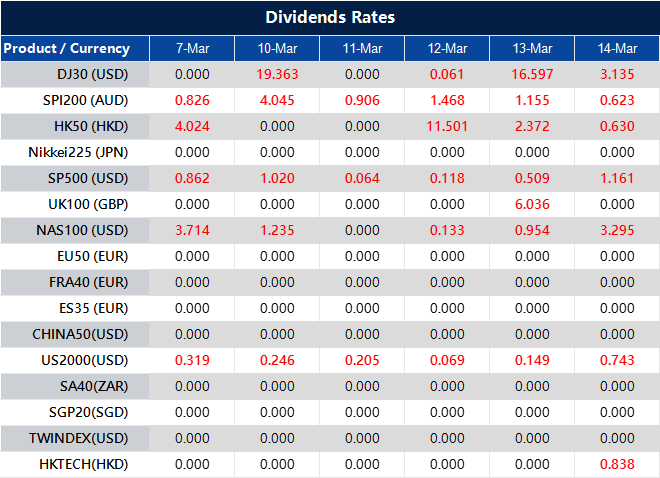European stocks opened lower today, reflecting a fluctuating week for regional equities. The Eurostoxx fell by 0.8%, while Germany’s DAX declined by 1.3% and France’s CAC 40 decreased by 0.8%.
The UK FTSE dropped 0.4%, Spain’s IBEX fell by 0.9%, and Italy’s FTSE MIB saw a decline of 0.6%. The push for debt brake reform has contributed to German stock performance this week, but negative sentiment from Wall Street’s heavy selling yesterday has affected market confidence.
Market Reactions And Sentiment
Currently, S&P 500 futures are modestly up by 0.3%, raising questions about potential market reactions ahead of the upcoming US jobs report.
The numbers speak for themselves. A broad decline across European markets is not a coincidence, and the overall mood remains cautious. With some of the region’s major indices shedding value this morning, the sell-off from the previous New York session has left a mark. Wall Street’s downturn spilled into today’s trading, and while S&P 500 futures are attempting to recover, uncertainty lingers.
Germany’s performance stands out. A sharper drop in the DAX compared to its European peers suggests that discussions around debt brake reform have influenced sentiment. Policy shifts matter, particularly when they lead to questions over fiscal discipline. Investors are weighing whether relaxation of debt constraints could boost economic activity or bring risks. That debate is not over yet, and the reaction in German equities reflects that.
France and Spain are not far behind in terms of losses this morning. The CAC 40 and IBEX have seen steady declines, showing that concerns extend beyond Germany. Italy’s FTSE MIB has also felt the pressure, though to a slightly lesser extent. Meanwhile, London’s FTSE 100 continues to keep its losses smaller than those of its European counterparts, but that does not mean it is immune to the broader trend.
Focus On The US Market
Beyond Europe, all eyes are on the US. Futures ticking higher may suggest a modest rebound attempt, but the bigger question is whether this holds. The upcoming jobs report in the US could shift expectations on interest rates, and traders will have to navigate the response. With employment data often driving bond yields and central bank outlooks, the implications stretch beyond equities.
Market participants should remain alert in the weeks ahead. Spillover effects from policy debates, moves in US indices, and macroeconomic releases will shape price action. Some shifts are already in motion, and with key data around the corner, reaction patterns will continue taking form.












